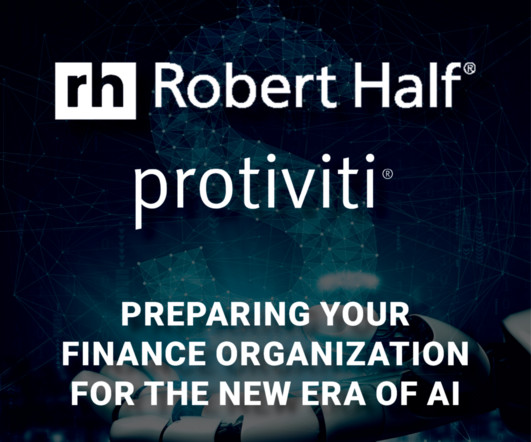What is the difference between planning, budgeting and forecasting for a business?
Spreadym
JUNE 8, 2023
Forecasts can be short-term or long-term and are usually based on assumptions about factors like market conditions, customer behavior, economic trends, and internal capabilities. They help organizations anticipate potential risks, identify opportunities, and make informed decisions about resource allocation and strategic planning.

















Let's personalize your content